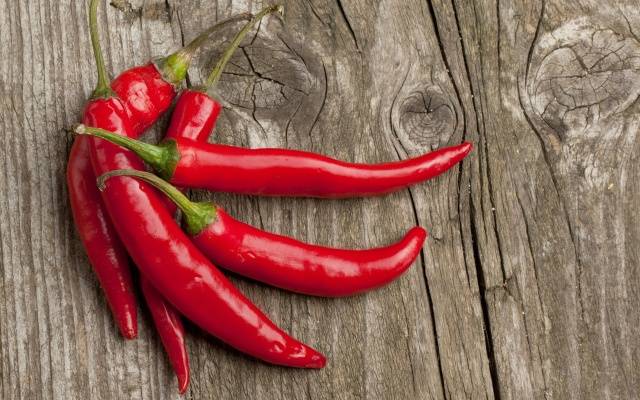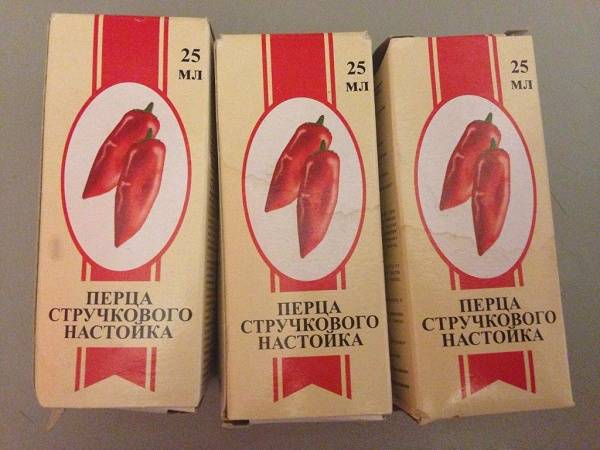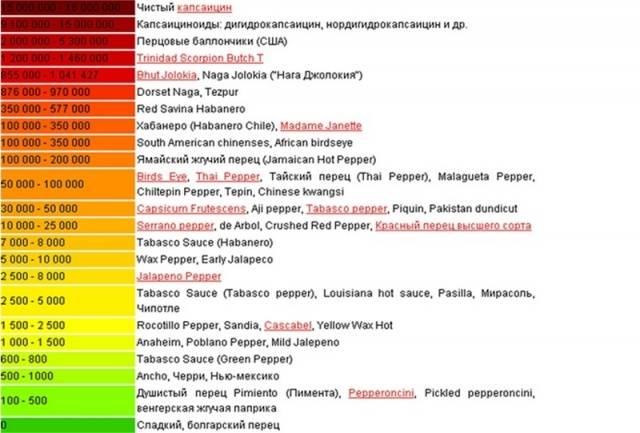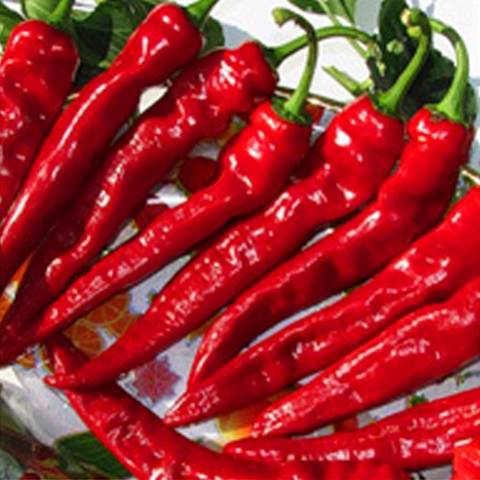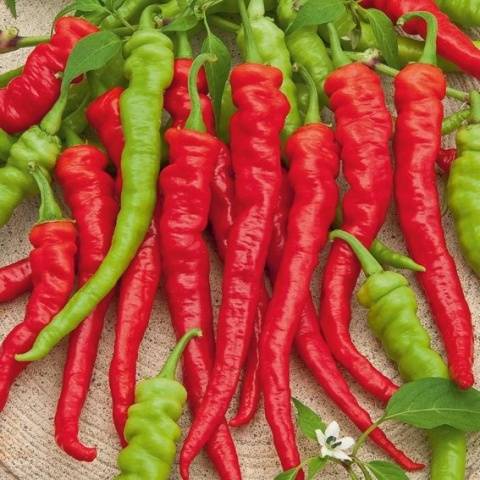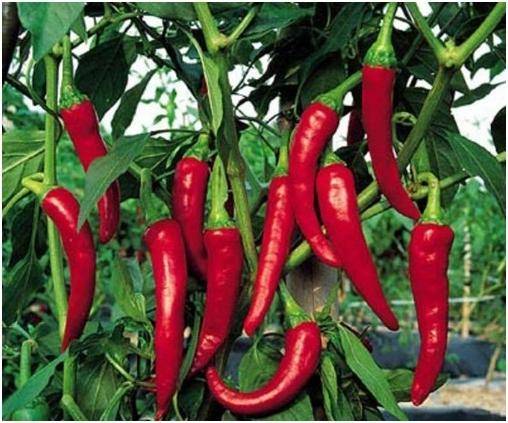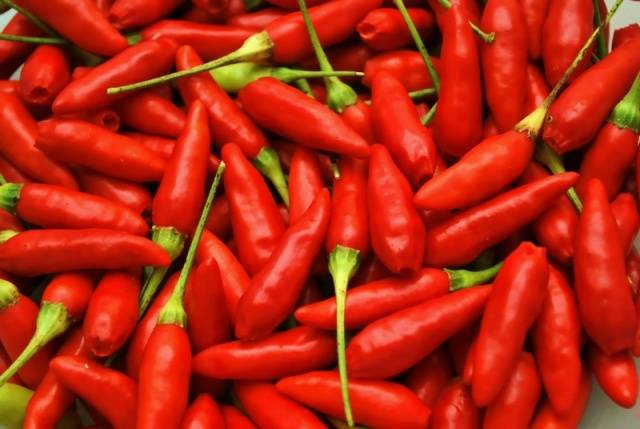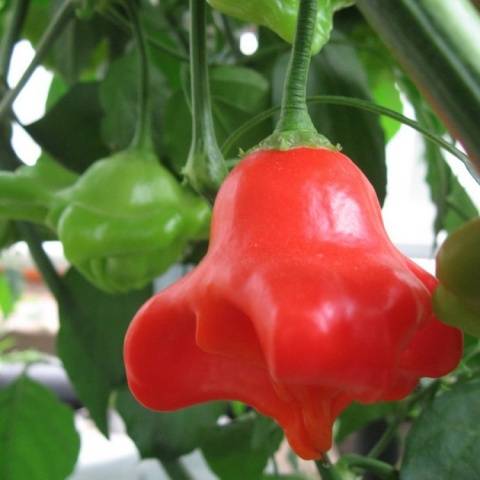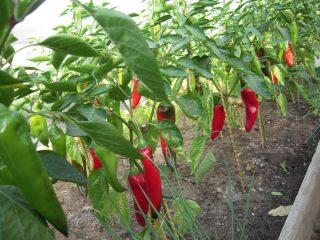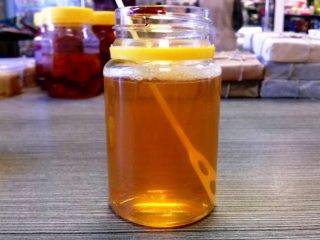Content
Not all vegetable crops grown on our sites can be successfully used not only in cooking, but also in medicine and cosmetology. Hot red pepper is a rare number of such universal crops. Its benefits have been noticed since the days of the Mayans and Aztecs. It is not difficult to grow red pepper plants, and the benefits of its pungent fruits will be enormous.
The benefits of red hot peppers
Red hot peppers, also called chili peppers, are a very amazing vegetable in the nightshade family. The beneficial substances contained in it can have a positive effect on all organs and systems of the human body. It contains about 40 different vitamins, 20 minerals, more than 20 enzymes, as well as various oils and esters:
- vitamins A;
- B vitamins;
- vitamin C;
- iron;
- magnesium;
- calcium;
- phosphorus and others.
Red chili is one of the few vegetables containing capsaicin, a natural anti-cancer alkaloid. Its effectiveness against cancer cells has been proven by many medical trials. This is a substance derived from fruits chili peppers, is part of many medicines.
Red pepper is one of the most common components of pain relievers. In addition, it perfectly relieves pain symptoms and fresh. It is recommended to use it for pain in:
- musculoskeletal system;
- the digestive tract system;
- organs of the chest.
It is effectively used for colds, bleeding, shock and fainting conditions, as well as for general strengthening of the body.
Red pepper will also be useful for those who look after their appearance. It will help not only cope with the problem of excess weight, but also normalize the condition of the skin and hair. It is from it that means are made to combat hair loss and enhance their growth.
When applied externally, it is recommended to first check for an allergic reaction. This can be done by applying a small amount of pepper or a product with it to the skin. If there is a burning sensation or redness of the skin, its use is contraindicated.
Scoville scale
It is impossible to consider red hot peppers without mentioning the Scoville scale. It was developed in America by the chemist Wilbur Scoville to compare the severity of hot pepper varieties. The units indicated in it show the content of capsaicin in each variety. Accordingly, the more it is, the more units the variety receives and the sharper it tastes.
Scoville scale units are usually indicated on Western varieties. Russian manufacturers do not use this scale.
The image shows the Scoville scale. Units are indicated on the left, and variety names on the right.
Characteristics of varieties
Hot pepper varieties there are more than 3000. Consider the most popular varieties for cultivation in our climatic zone, depending on the timing of their ripening.
Early varieties
The ripening period for the fruits of these varieties will not exceed 100 days.
Adjika
This variety differs not only in its fruits, but also in its bushes. They can grow over a meter in height. In this case, the support for the bushes of this plant is not required.The sharp fruits of Adjika also differ in their size: they are quite large, weighing up to 90 grams. In shape, the fruit resembles an elongated cone of bright red color. Their rather sharp flesh is thick and dense in structure, with a pleasant peppery aroma.
Burning bouquet
The compact powerful bush of the Burning Bouquet will not exceed 75 cm, so it will do just fine without a garter. Its cone-shaped fruit has a semi-sharp flesh with a peppery aroma. Their weight will not exceed 25 grams with a length of up to 12 cm. Their color changes from dark green to dark red as they mature.
The burning bouquet is distinguished by its yield - up to 2 kg per square meter. In addition, he has good immunity to diseases.
Miracle of the Moscow region
Tall semi-spreading bushes of this variety have very little foliage and do not require artificial formation. On them there are drooping cone-shaped fruits. They have a flat and smooth surface. During the period of biological ripeness, their color changes from light yellow to red. The Chudo Moscow Region pepper is quite big - up to 25 cm in length and weighing up to 50 grams. Its diameter will be about 3 cm, while the wall thickness will be 1-2 mm. Due to its mild taste, it is perfect for preparing many dishes.
The yield of the variety will be about 4 kg per square meter. Moreover, it will be possible to collect up to 20 fruits from each bush.
Medium varieties
The ripening period for the fruits of these varieties will not exceed 120 days.
Astrakhan 147
This high-yielding variety is ideal for outdoor cultivation. The height of its compact half-stem bushes will not exceed 70 cm. Variety Astrakhansky 147 is characterized by smooth cone-shaped fruits up to 9 cm long and weighing up to 10 grams. In the period of technical maturity, they are colored dark green, and in the period of biological maturity, red. They have coarse and pungent flesh.
A distinctive feature of this variety is its resistance to many diseases, as well as the plasticity of its fruits. The yield of Astrakhan 147 will not exceed 3 kg per square meter.
Ram horn
Standard bushes of this variety will not exceed 1.5 meters in height. They carry elongated fruits up to 20 cm long and weighing up to 40 grams. Their diameter will be 3 cm, and the wall thickness will be 2 mm. The degree of maturity of the fruits of the Baraniy Rog variety is determined by their color. Green unripe peppers coexist with mature red ones. The pulp of a ripe fruit is of medium sharpness. It is perfect for conservation and drying.
Cayenne bitter
It is suitable for both greenhouses and open ground. Perennial bushes of hot pepper Cayenne bitter grow above 1 meter. After flowering, they are sprinkled with green oblong fruits. Their length will be about 10 cm. During ripening, the color of the peppers changes to yellow, and then to red. Due to the high content of capsaicin, its pulp is quite spicy. It can be used both fresh and dried.
Late varieties
The ripening period for the fruits of these varieties will not exceed 150 days.
Tabasco
Bushes up to 1.5 meters high are distinguished by their resistance to many diseases. During the fruiting period, they are literally strewn with fruits. Tabasco pepper is small in size: only 5 cm long and 6 mm in diameter. Its color changes with maturity from green to yellow and bright red. The red pepper of this variety does not taste very hot. It has a spicy aroma and a smoky flavor. It is from this variety that the famous Tabasco sauce is made.
Vizier
After the end of flowering, its powerful semi-sprawling bushes are dotted with small fruits weighing up to 20 grams. A distinctive feature of this variety is the turbid shape of the peppers. As they ripen, the green fruits of the Vizier variety acquire a red color.Their slightly pungent flesh is perfect for cooking.
The yield of the variety will be up to 4 kg per square meter.
Margelansky 330
This variety is considered one of the best varieties to grow in our latitudes. Its semi-stemmed, slightly spreading bushes grow up to 60 cm in height. Red ripe fruits are up to 14 cm long and weigh 10 grams. They have an elongated cone shape and a sharp flesh.
The variety has a high yield and excellent disease resistance.
Growing recommendations
Red hot peppers are one of the few crops that can be successfully grown at home. Varieties with compact bushes are best suited for this.
The video will tell you more about growing hot peppers at home:
At the summer cottage, it is grown, just like its brother, bell pepper. First you need to prepare the seedlings. It is best to start cooking it in February. The deadline for planting seeds for seedlings is mid-March.
When sowing seeds for seedlings, it should be borne in mind that this culture, like all members of the nightshade family, does not tolerate transplantation very well. Therefore, it is better to plant seeds in separate containers for 2-3 things. After emergence, weak shoots are removed.
Finished seedlings should be planted in open ground or greenhouse not earlier than 2 months from the moment of emergence. Planting in a permanent place should be carried out according to the scheme recommended by the seed manufacturer - in most cases it is 25x25 cm.If young seedlings are planted in open ground, then at first they should be covered with a film overnight.
Caring for red pepper plants consists of:
- Regular watering with warm water. In this case, it is very important not to allow the soil to dry out too much, as well as its waterlogging. The use of drip irrigation would be ideal;
- Top dressing no more than 1-2 times a month with any universal fertilizer.
The timing of the harvest of hot red peppers depends on the variety. But as a rule, it is not produced before the end of July.
Since red pepper is a two-year crop, it is not necessary to pull out the plants after harvest. They can be carefully trimmed, dug up and taken to a cool place for the winter, such as a basement. In February - March, such "blanks" are grown as seedlings, followed by planting in May at a permanent place.
You can learn about the intricacies of growing red hot peppers in the open field from the video:
